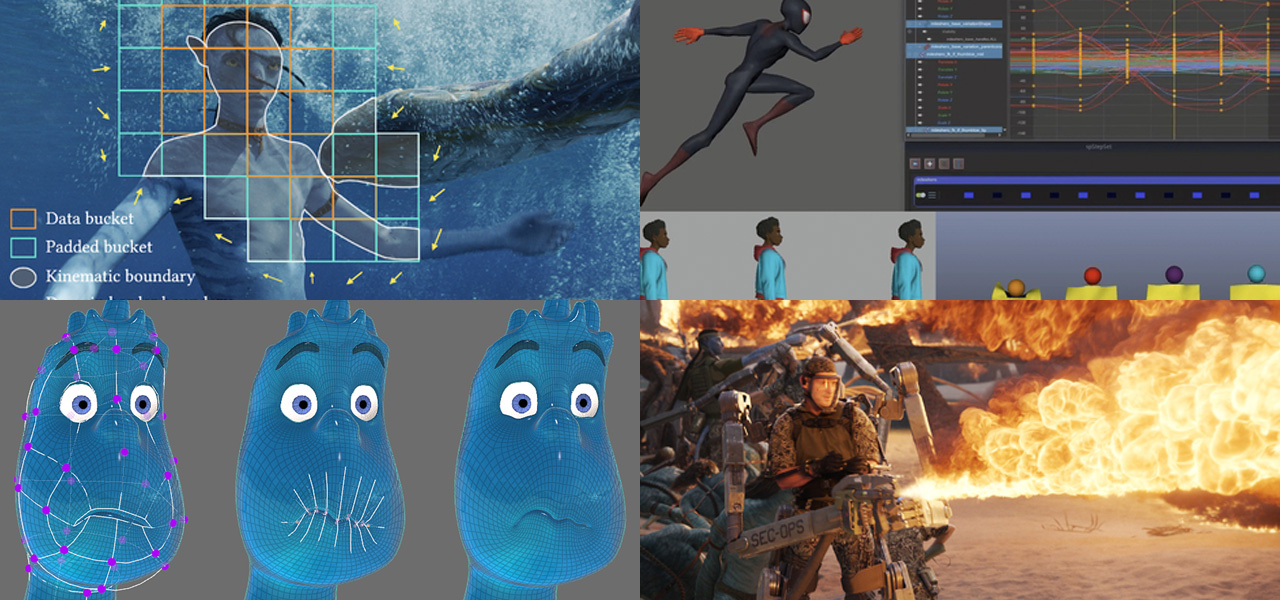Hello, curious minds and animation aficionados! Today, we’re peeling back the curtain to uncover the fascinating world of 3D animation. It’s a realm where technology plays a pivotal role in bringing your favorite characters and stories to life. In this blog, we’ll embark on a journey behind the scenes of 3D animation, unveiling the tech secrets that make the magic happen, all explained in a simple and plain tone. Whether you’re a devoted “Animation Iconic” fan or simply intrigued by the inner workings of animation, join us as we unveil the technology that powers the enchanting world of 3D animation.
The Basics of 3D Animation
Before we dive into the technical details, let’s clarify what 3D animation is. In a nutshell, it’s the art of creating moving images in a three-dimensional space. Unlike traditional 2D animation, where characters and objects exist on a flat plane, 3D animation adds depth, realism, and complexity to the mix.
The Software Powerhouses
At the heart of 3D animation are powerful software applications, each with its unique capabilities and specialties. Here are some of the most iconic ones:
- Autodesk Maya: A go-to choice for many animators, Maya offers a wide range of tools for modeling, rigging, and animating characters and objects.
- Blender: As an open-source software, Blender is accessible to all. It’s a versatile tool for 3D modeling, sculpting, animation, and even video editing.
- Cinema 4D: Known for its user-friendly interface, Cinema 4D is favored by motion graphics artists and designers for creating stunning visual effects.
- 3ds Max: This software excels in architectural visualization, making it a preferred choice for architects and designers.
- ZBrush: When it comes to digital sculpting and character design, ZBrush is the industry standard.
The Art of Modeling
Modeling is the first step in 3D animation. Artists use specialized software to create the 3D models of characters, objects, and environments. These models are like digital sculptures, consisting of vertices, edges, and faces.
Rigging and Skeletons
Next comes rigging, where a virtual skeleton is added to the 3D model. Think of it as a puppet’s internal structure. Rigging allows animators to control how the model moves by manipulating its joints and bones.
Animation: The Heart of 3D
Animation is where the magic truly happens. Animators bring characters to life by creating a sequence of poses and movements. The animation software interpolates between these poses to create smooth and lifelike motion.
Lighting and Texturing
Lighting and texturing add realism to 3D scenes. Artists meticulously design the lighting setup and apply textures to surfaces to mimic real-world materials like wood, metal, or skin.
Rendering: Turning 3D into 2D
Once the scene is set up, it’s time for rendering. This process converts the 3D scene into a 2D image or sequence. It’s a resource-intensive step that can take hours or even days, depending on the complexity of the animation.
Post-Production Magic
After rendering, post-production steps include compositing, where various elements like visual effects and backgrounds are combined, and sound design to bring the animation to life with audio.
The Future of 3D Animation
As technology evolves, so does the world of 3D animation. Real-time rendering, virtual reality, and artificial intelligence are pushing the boundaries of what’s possible in this dynamic field.
So, the next time you watch a 3D animated film or play a video game with stunning graphics, remember the intricate tech secrets behind the scenes that make it all possible. It’s a world where creativity and technology blend seamlessly to create the captivating animations we love.

